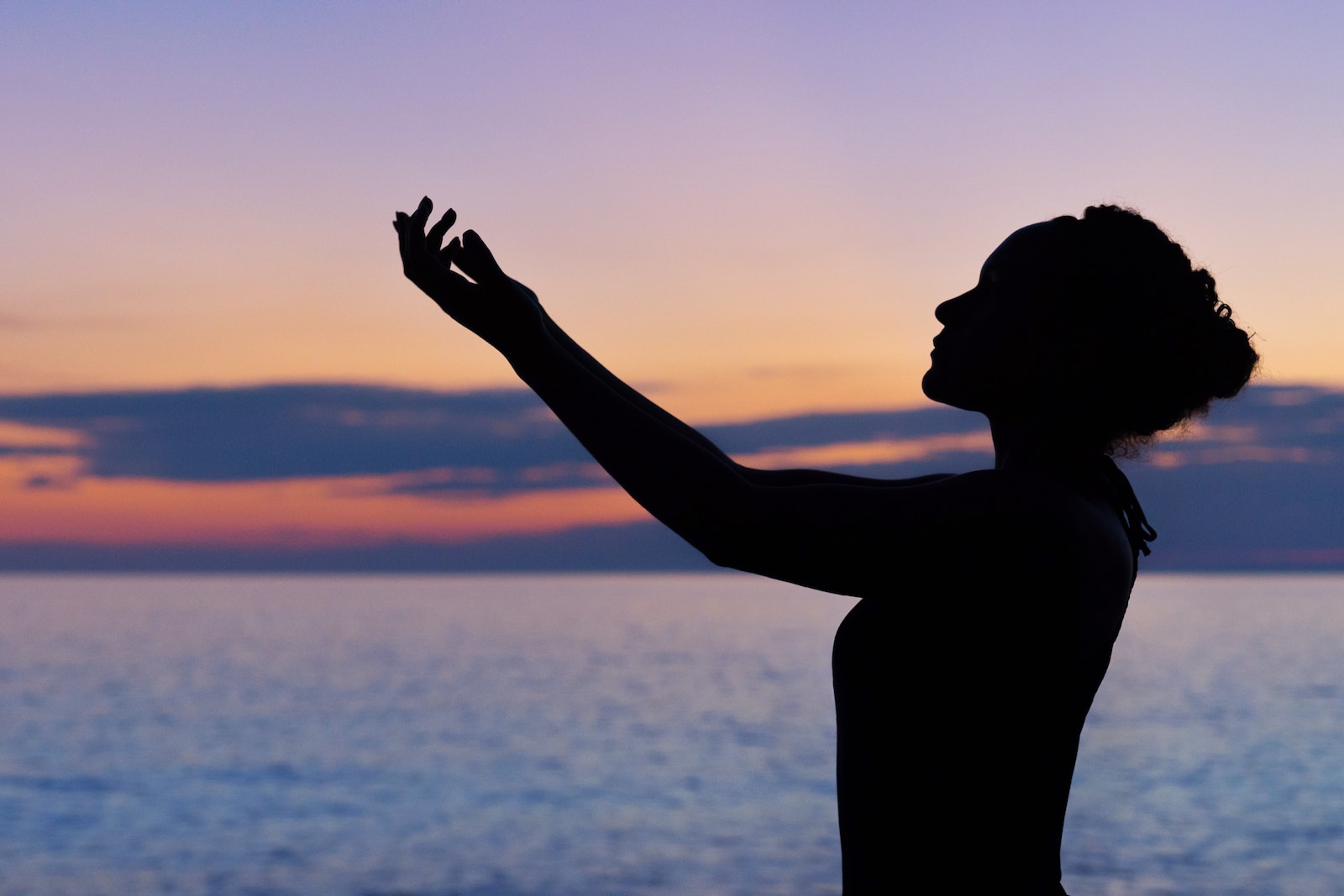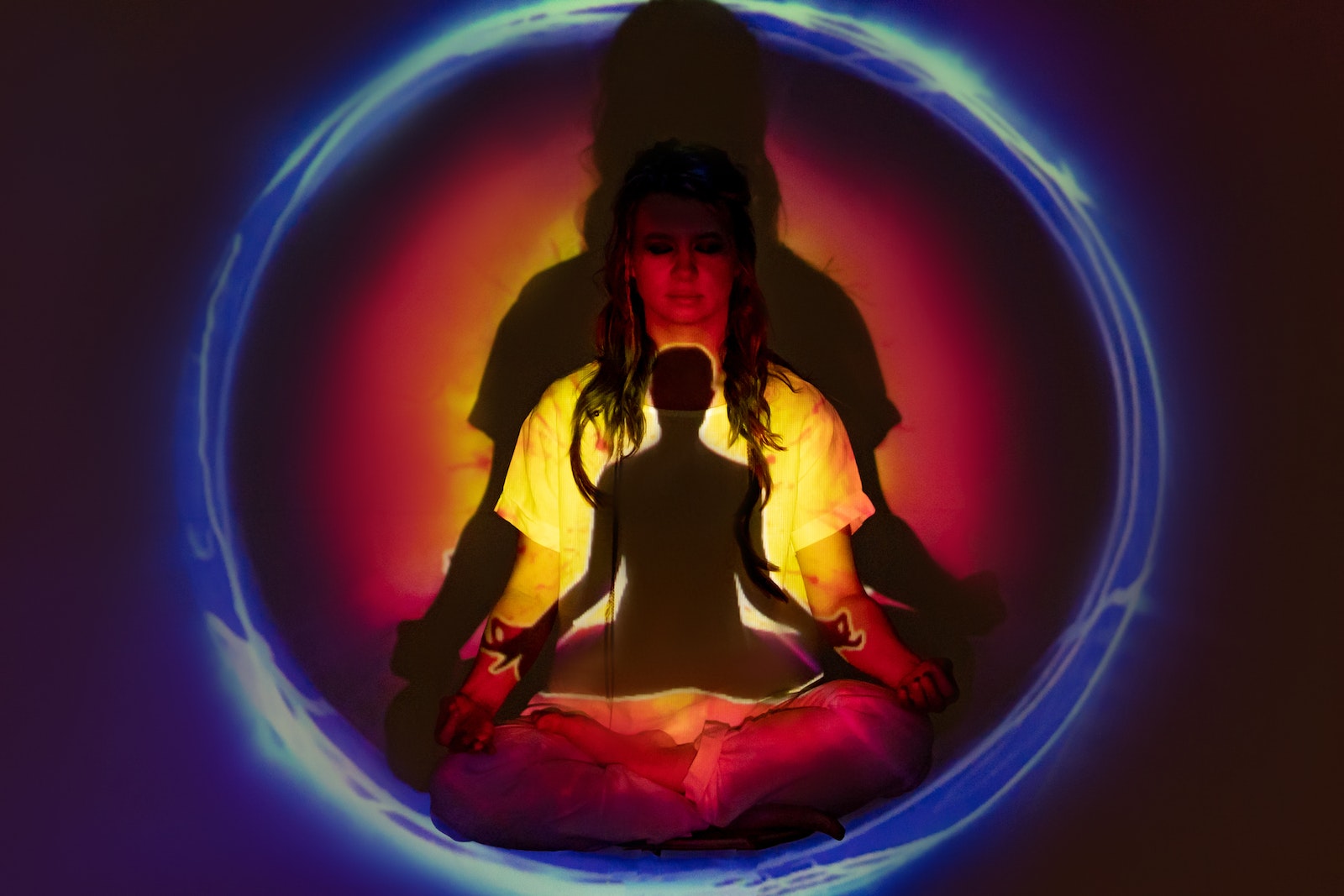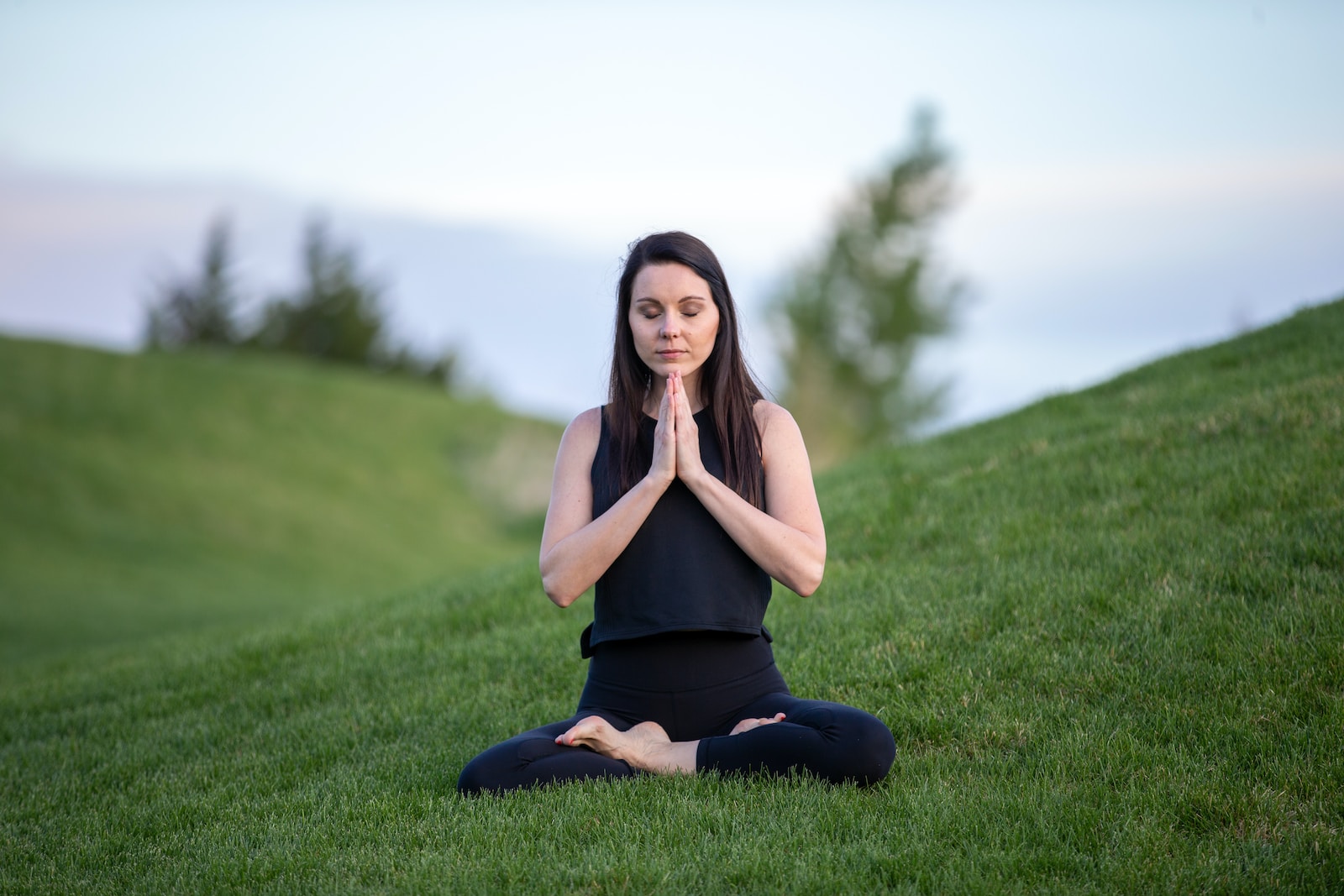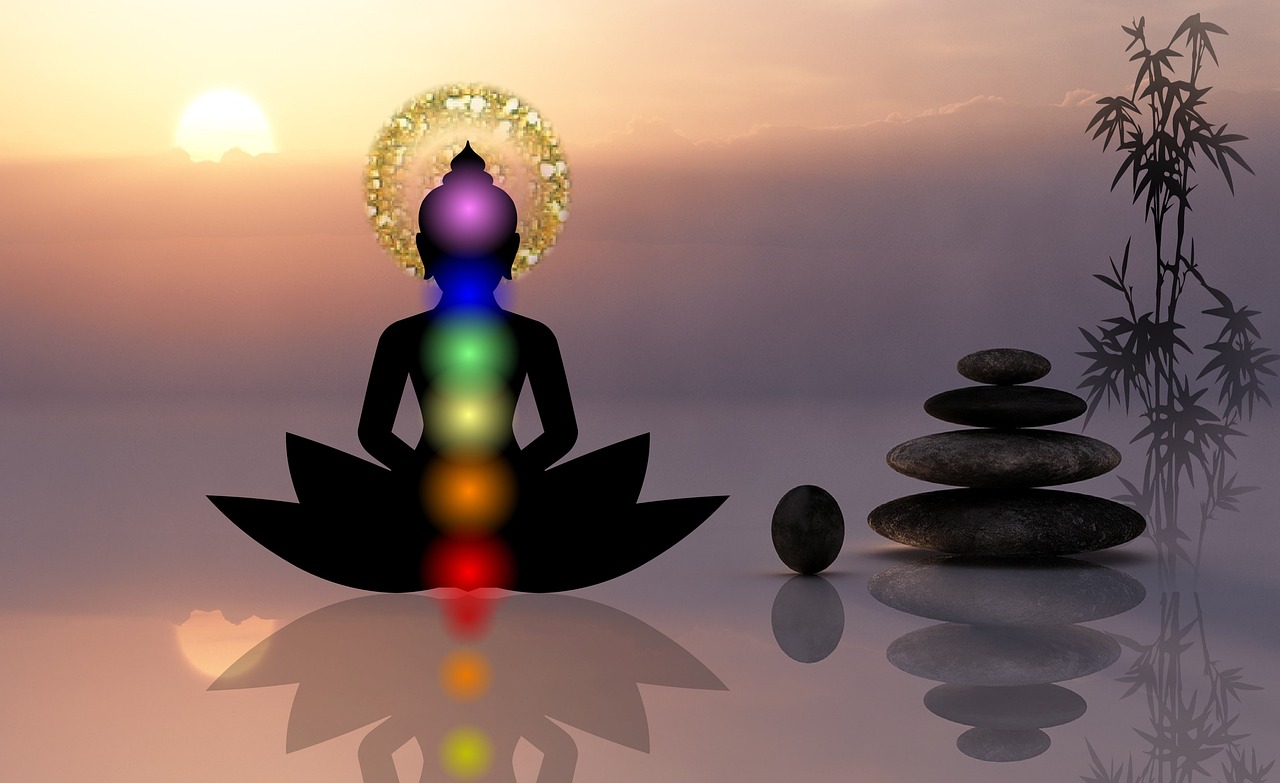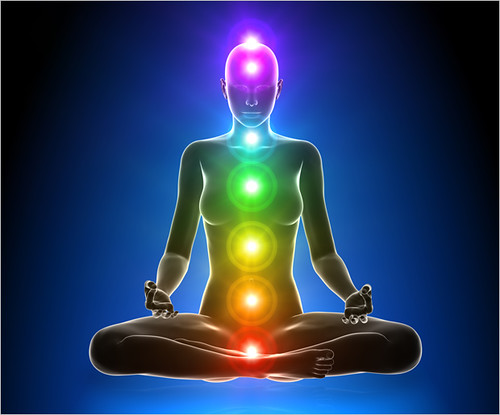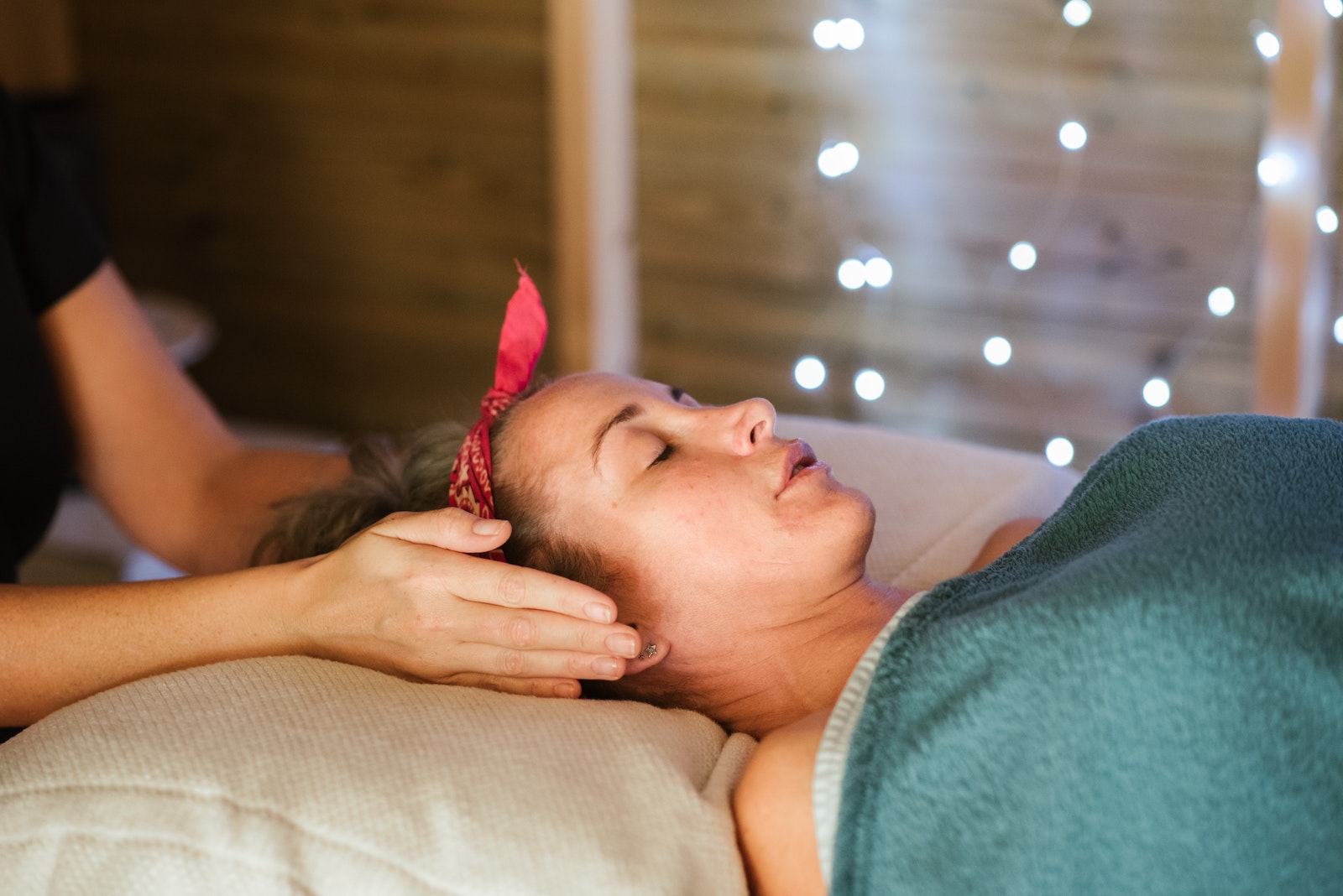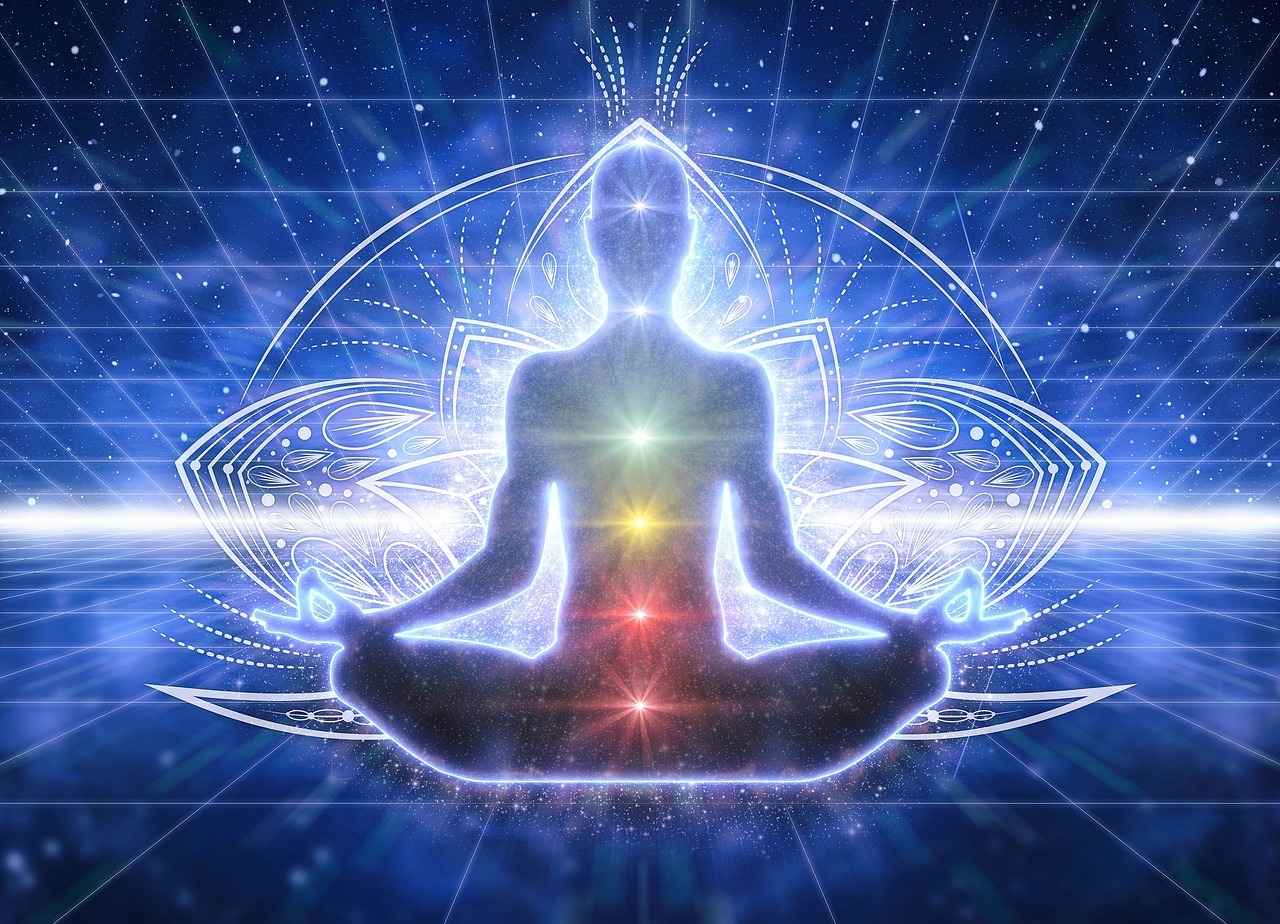How to Become a Reiki Healer
If you have been doing research on Reiki as a complementary modality, you may be wondering how you can become a Reiki healer. In nutshell, in order to become a Reiki healer, you need to seek out a Reiki master and receive a series of attunements. After these attunements, and as a Reiki healer, you can tap into the universal life force energy to promote physical, emotional, and spiritual healing, both for yourself, and for others. A good Reiki master will also offer opportunities to practice after the attunement, so that you can hone your healing skills.
Before diving into how you might learn and practice Reiki, I feel it is important to clarify a couple of key concepts. First, the process of learning Reiki involves a re-discovery of abilities that are innate to all of us. We all have access to this energy, and we always have. It is just that, over the course of time, and because of the cares and concerns of everyday life, we have largely forgotten how to connect with it. It is the attunement process that helps remove the blockages that have been present for a long time. In that sense, you are not really becoming a Reiki healer when you receive attunements. Rather, you are only uncovering the healer already within!
During a Reiki treatment, Reiki practitioners help to re-balance a person’s energy, bringing the person’s entire being back into harmony. During your training with your Reiki master, you will learn about the basic hand positions, how to balance the chakras, and other fundamentals of energy work. This makes Reiki perfect as a complementary modality that can be practiced along with conventional treatments. It should never replace the care and treatment of a licensed doctor or other medical professional.
Understanding Reiki
Before beginning your journey as a Reiki healer, it is important to understand the fundamental principles and concepts underlying this ancient practice. Reiki is a combination of two Japanese words: “Rei” meaning “universal” and “Ki” meaning “life force energy.” This energy flows through all living beings and can be found in everything around us. Furthermore, it has existed since the beginning of time. However, over time, we have gradually “forgotten” our connection to this energy. Daily life, our own thoughts and emotions tend to get in the way. The attunement process simply helps us remember and re-attune to that energy.
When we forget or disrupt the flow of Reiki or imbalances, or imbalances in the energy flow develop, it can lead to illness and distress. As a Reiki healer, you will learn to channel this healing energy through your hands to restore balance and promote healing in the recipient, and in yourself. It is important to note that imbalances on the energetic level, may appear long before the manifestation of physical symptoms. So, Reiki is a great modality to use as soon as an imbalance is noticed on the physical level.
Cultivate Awareness and Know Your Intentions
When embarking on the journey to becoming a Reiki healer , it is a good idea to prepare yourself mentally, physically and spiritually. Cultivate cultivate a sense self-awareness and setting clear intentions for your journey. You should take time to reflect on your motivations and aspirations for learning Reiki. Ask yourself what impact you wish to make on the world through this practice. Ask yourself what draws you to Reiki. Imagine how you envision it transforming your life and the lives of others. Establishing a strong foundation of intention and purpose will guide you through the entire process. Reiki can be a very profound way of improving your own life, as well as the lives of those around you, and the world.
Keep in mind that in addition to being a system of healing, Reiki is also a system that can lead you to greater spiritual awareness. I recommend reviewing the 5 Reiki principles all throughout your Reiki journey.
Seek Reiki Training
To become a Reiki healer, formal training and attunement from a Reiki master are essential. Seek out reputable Reiki practitioners and research their credentials and experience. Talk to your potential Reiki master and make sure you feel comfortable with them. Ask your Reiki master how the classes are structured, what to bring, and how best to prepare.
Look for certified Reiki training programs that align with your values and goals. Reiki training typically consists of three levels: Reiki Level 1, Reiki Level 2, and Reiki Master Level. Each level builds upon the previous one, providing a deeper understanding of the practice and expanding your ability to channel and utilize Reiki energy. Between each level, it goes without saying that you should practice as much as you can to cultivate your skill and intuition.
Embrace Self-Healing
Reiki healing begins with self-healing and self-examination. This is an extremely important concept. You can only reasonably expect to heal others when you know how to heal yourself.
Especially in the first months after the attunement, I recommend that new practitioners give themselves Reiki everyday. Also, you should avail yourself of any Reiki shares or exchanges that your Reiki master may offer. As you progress through your training, take time everyday for self-care. Regularly practice Reiki self-treatments to cleanse and balance your own energy. This process not only strengthens your connection to the universal life force energy but also allows you to experience firsthand the transformative power of Reiki. Remember, by healing yourself, you become a conduit for healing others.
In addition, review the 5 Reiki principles on a daily basis and examine yourself using the principles are your framework. This can be a powerful way to not only grow as a healer, but also as a person.
Practicing on Others
After establishing a solid foundation in self-healing, it’s time to offer your healing abilities to others. Seek opportunities to practice Reiki on family, friends, or volunteers. Offer your services free of charge or at a nominal fee, ensuring that you create a safe and comfortable environment for your recipients. Through these practice sessions, you’ll refine your skills, deepen your intuition, and gain confidence in your ability to channel and direct Reiki energy.
Another important point is to not stop with humans. You can use Reiki to raise the vibration of plants, animals, and objects, too. Practicing on pets, on sick plants or on situations like job interviews or important conversations will help you surround yourself with the positive energy of Reiki in all aspects of your life.
Continuing Education and Growth
Remember that a true Reiki healer never stops learning and growing. Always allow yourself to grow in the Reiki energy. In addition, engage in ongoing education and enrichment to expand your knowledge and understanding of Reiki. Attend workshops, seminars, and conferences related to Reiki and other holistic healing modalities. Explore complementary practices such as meditation, crystal healing, or sound therapy, which can enhance your Reiki practice. Connect with a community of like-minded individuals to share experiences, insights, and learn from one another’s journeys.
Ethical Considerations
As a Reiki healer, it is crucial to maintain high ethical standards. Respect the privacy and confidentiality of your clients. Establish clear boundaries and communicate openly and honestly with those you work with. Practice self-care and energetic hygiene to prevent burnout and ensure your own well-being. Adhere to professional guidelines and codes of conduct established by reputable Reiki organizations.
Sharing the Gift of Reiki
Once you have gained confidence in your skills and feel ready to share your gift with others, explore opportunities to establish your practice. Consider offering Reiki sessions in wellness centers, holistic clinics, or your own private practice. Develop a professional website and create a strong online presence to reach a wider audience. Utilize social media platforms to share knowledge, insights, and upcoming events related to Reiki. Seek collaborations with other healers and practitioners to create a holistic healing environment. Remember that the best reason for becoming a Reiki practitioner is to help others, the more you share, the more you yourself will grow in the energy.
Conclusion
Becoming a Reiki healer is a transformative journey that requires dedication, practice, and a deep connection to the universal life force energy. By following the steps outlined in this guide, you can embark on a path of self-discovery, healing, and service to others. Remember, the true essence of being a Reiki healer lies not only in your ability to channel energy but also in your intention, compassion, and commitment to the well-being of those you touch. Embrace this beautiful journey, and let the healing energy of Reiki guide you towards a life of purpose, balance, and fulfillment.
